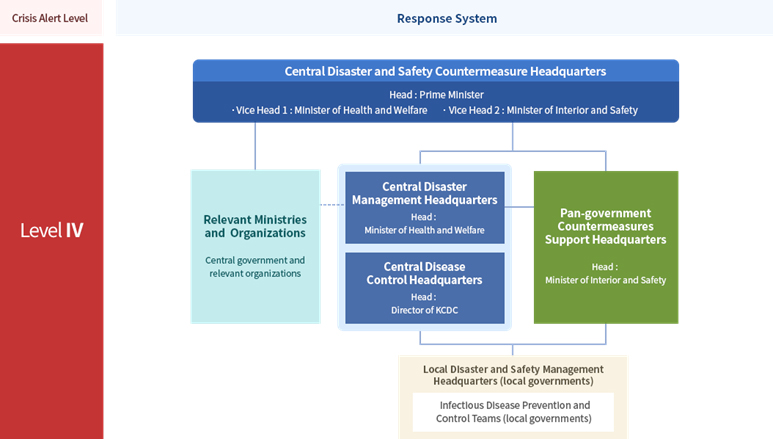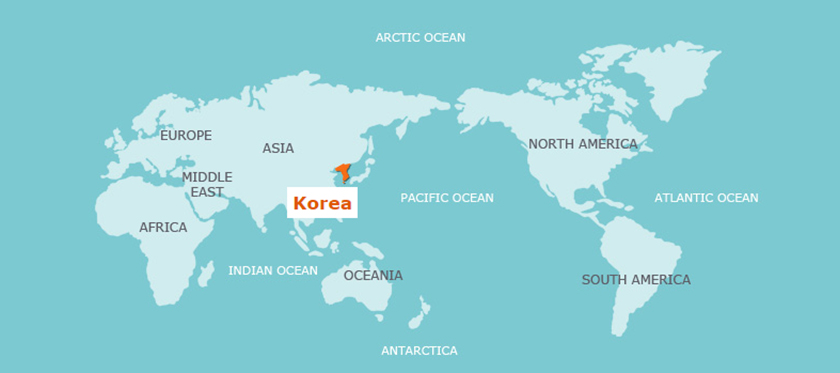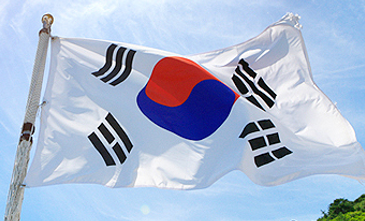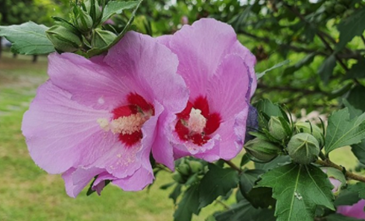


Korean government��s response system (as of February 25, 2020)
Since raising the country��s Crisis Alert Level to the highest (Level 4) in February 23, 2020, the Korean government has assembled the Central Disaster and Safety Countermeasure Headquarters headed by the Prime Minister to bolster government-wide responses to COVID-19.
Given the specialty and expertise required in infectious disease response, the Central Disease Control Headquarters (KCDC, Korea Centers for Disease Control & Prevention) serves as the command center of the prevention and control efforts. The Vice Head 1 of the Central Disaster and Safety Countermeasure Headquarters, who also serves as the Head of the Central Disaster Management Headquarters (Minister of Health and Welfare), assists the Central Disease Control Headquarters (Head: Director of the Korea Centers for Disease Control and Prevention).
The Minister of Interior and Safety, head of the Pan-government Countermeasures Support Headquarters, assumes Vice Head 2 of the Central Disaster and Safety Countermeasure Headquarters to provide necessary assistance such as coordination between the central and local governments.
Each local government establishes Local Disaster and Safety Management Headquarters led by the heads of the local governments to secure an adequate number of Infectious Disease Hospitals and beds. If the countermeasure required is beyond the capacity of local governments, the central government may support necessary resources including beds, personnel, and supplies.

Republic of Korea (commonly known as "Korea")


The Korean peninsula, roughly 1,030 kilometers long and 175 kilometers wide at its narrowest point, is located in Northeast Asia. With Seoul as its capital city, Korea's total land area is 100,363 kilometers squared. Korea's neighbors include Japan to the east, China to the west, and Democratic People's Republic of Korea (North Korea) across the northern border.
The total population of Korea is approximately 51,780,579 (as of August 2020), with most of the population residing in the Seoul metropolitan area. Outside of Seoul, other?large and economically advanced cities such as Busan, Incheon, Daegu, Daejeon, Gwangju and Ulsan also have higher population densities than other cities in Korea.


1) National Flag_Taegeukgi: The current design of Taegeukgi was finalized on October 15, 1949. It symbolizes the principles of the yin and yang in oriental philosophy. The circle in the center is divided into two equal parts, where the upper red responds to the positive cosmic forces of the yang; conversely, the lower blue section represents the negative cosmic forces of the yin. The flag's background is white, representing peace and purity valued by the people of Korea. The circle is surrounded by four trigrams, one in each corner, characterizing continual movement, balance and harmony.
2) National Flower_Mugunghwa: The national flower of Korea is mugunghwa, or rose of Sharon, which comes into bloom from July to October every year. A profusion of mugunghwa blossoms gracefully decorate the entire nation during blooming season, providing a view that has been loved by Koreans for many years. The flower's symbolic significance stems from the Korean word?mugung, which means immortal.